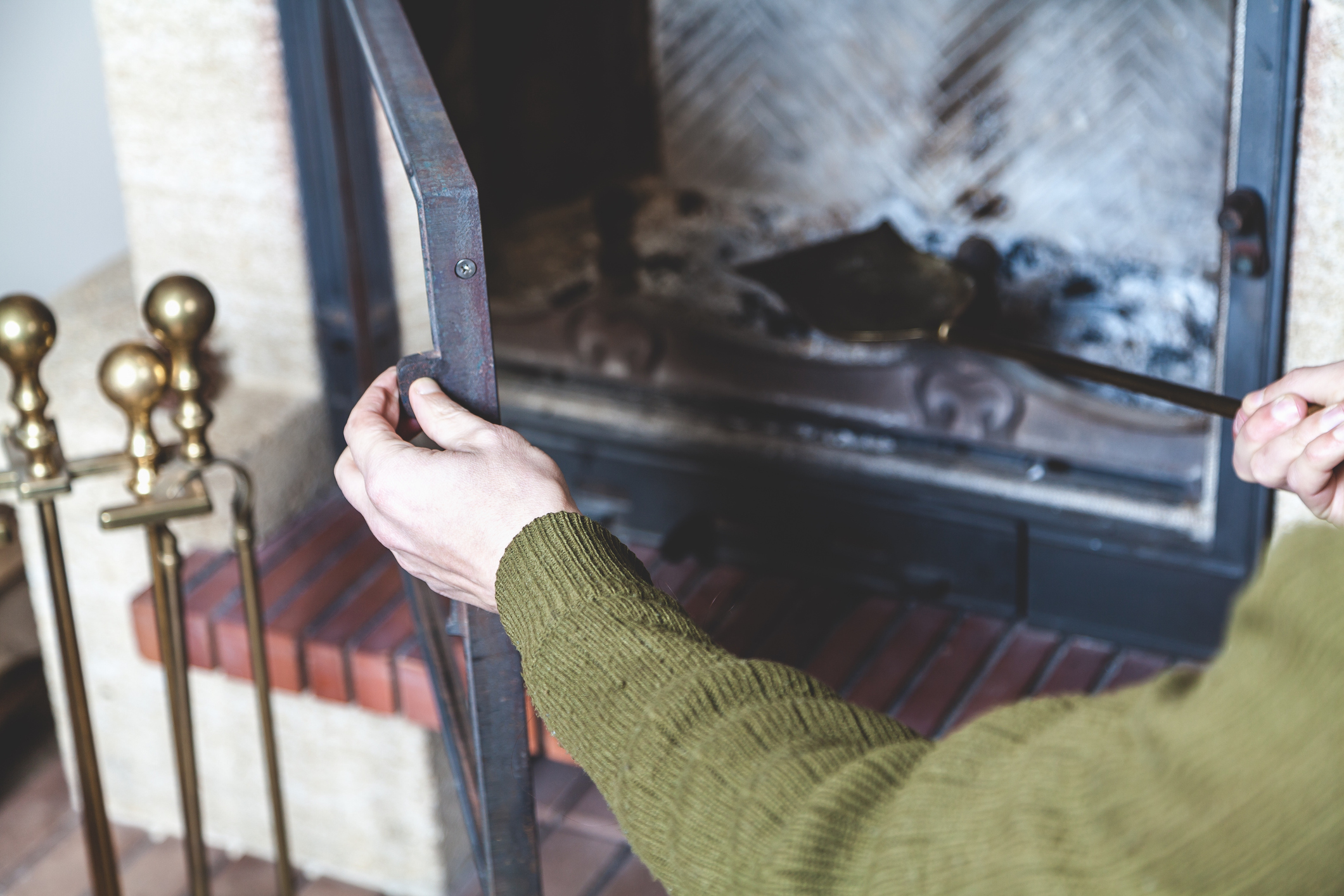
While fireplaces can be a great source of warmth during the colder months, if they are not properly maintained, they can contribute to quite a bit of heat loss in your living space.
Here are a few tips to make sure you are maximizing the fireplace and chimney efficiency:
- Keep the flue damper closed when the fireplace is not in use. If the damper is left open it will cause drafts and heat loss in the rest of the house.
- Check the seals around your fireplace flue damper. If the damper is not sealed properly, you could be losing heat in the home through the chimney.
- Install tempered glass doors and a heat-air exchange system that blows warm air back into the room.
- Insulate your chimney. Exhaust exiting through the chimney can create creosote build-up and can decrease the efficiency of your fireplace. Liners provide maximum efficiency for your chimney and protect masonry from corrosive byproducts of the flue gases.
- Each year, have your chimney professionally inspected by a licensed contractor certified by the Chimney Safety Institute of America. A certified chimney inspector can offer advice to help make sure all the components of your fireplace and chimney are functioning efficiently and safely.
- If you don't use your fireplace, consult an expert and have the chimney flue plugged and sealed.


